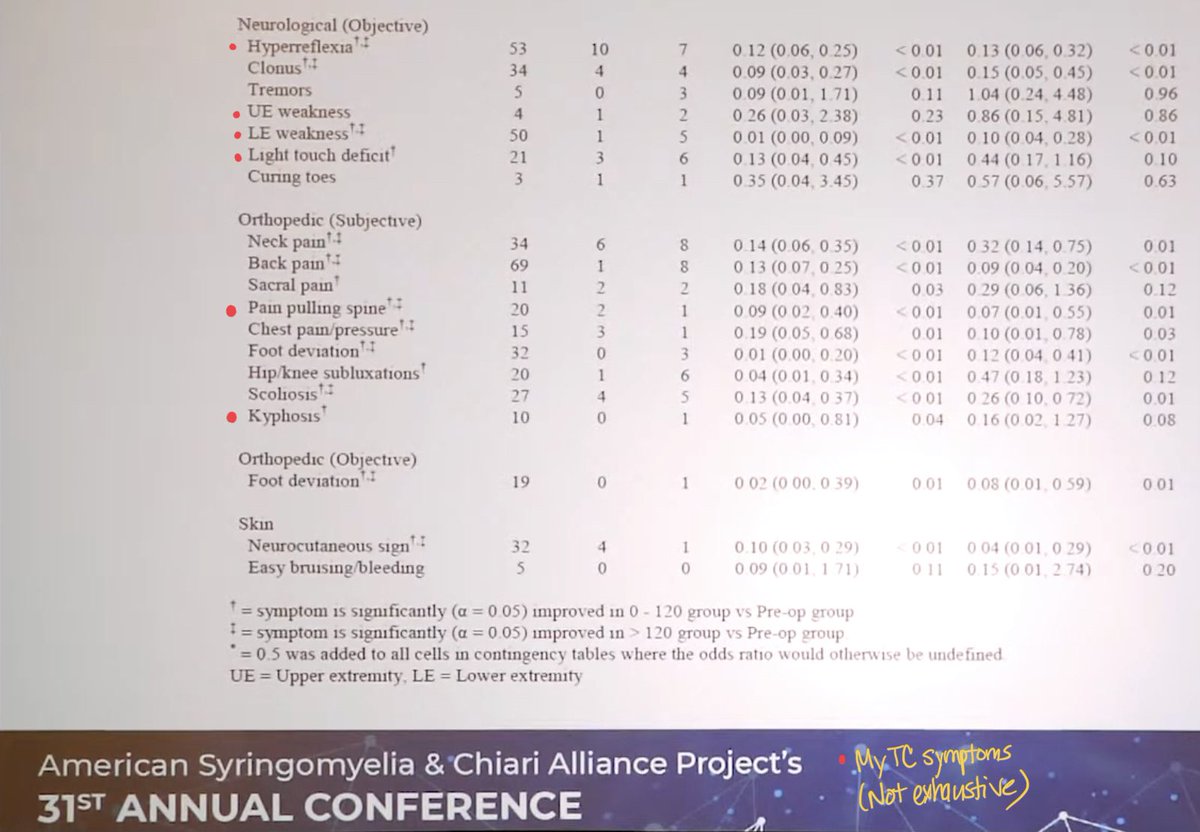

– many ppl w/ low conuses are “healthy”
– only symptomatic ppl w/ low conuses get diagnosed
– symptomatic ppl w/o low conuses are generally left to get worse until they are bedridden, like I was. [19]

same “themes” we keep seeing at the craniocervical junction: abnormal venous outflow, collagen abnormalities, neuroinflammation. This fits into the connective tissue hypothesis of #MECFS [26] medium.com/@jenbrea/onset…
That’s a bombshell. [28]














